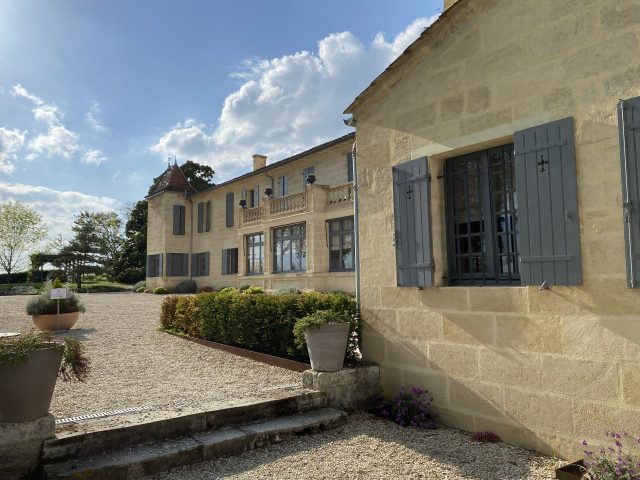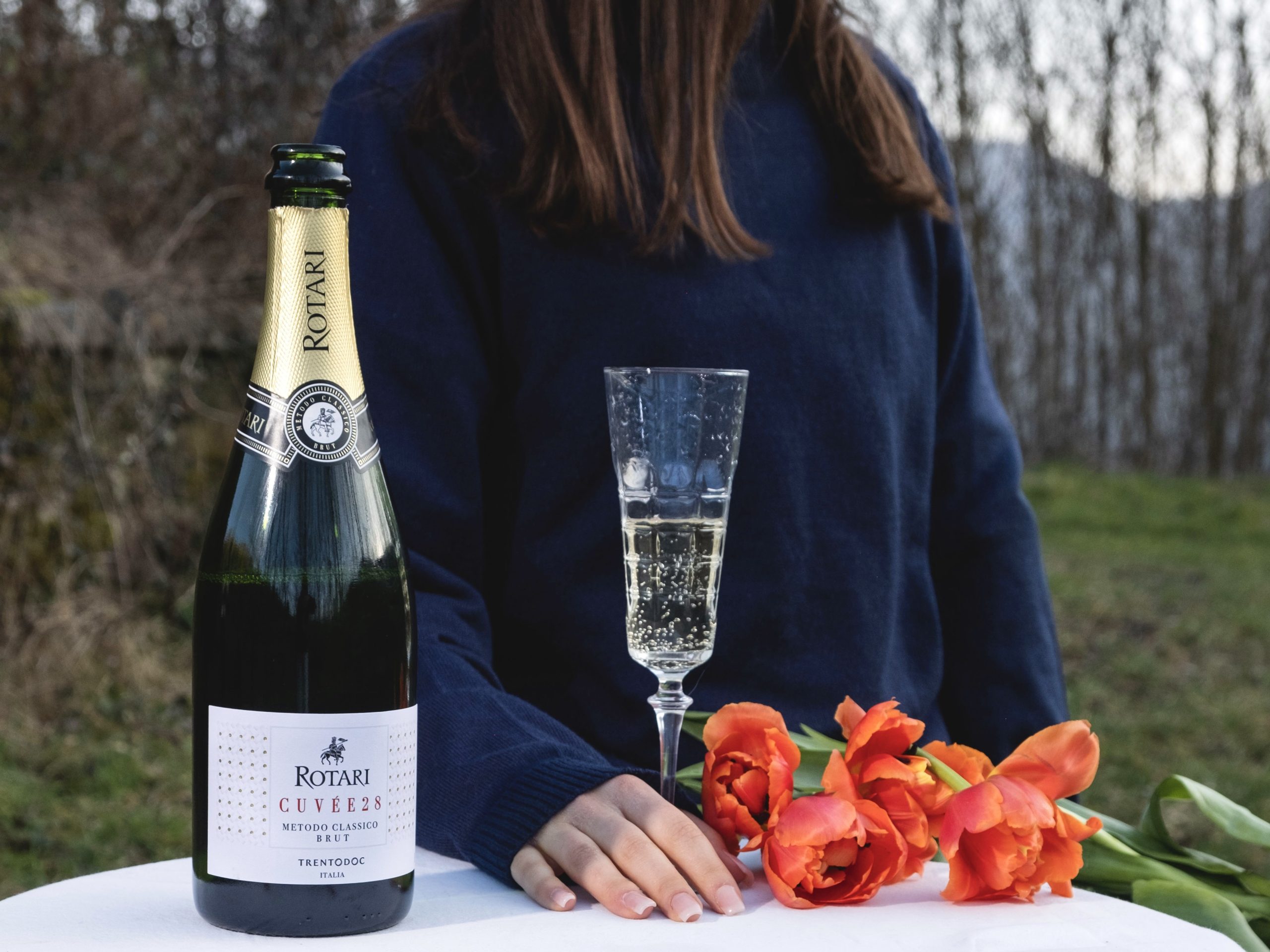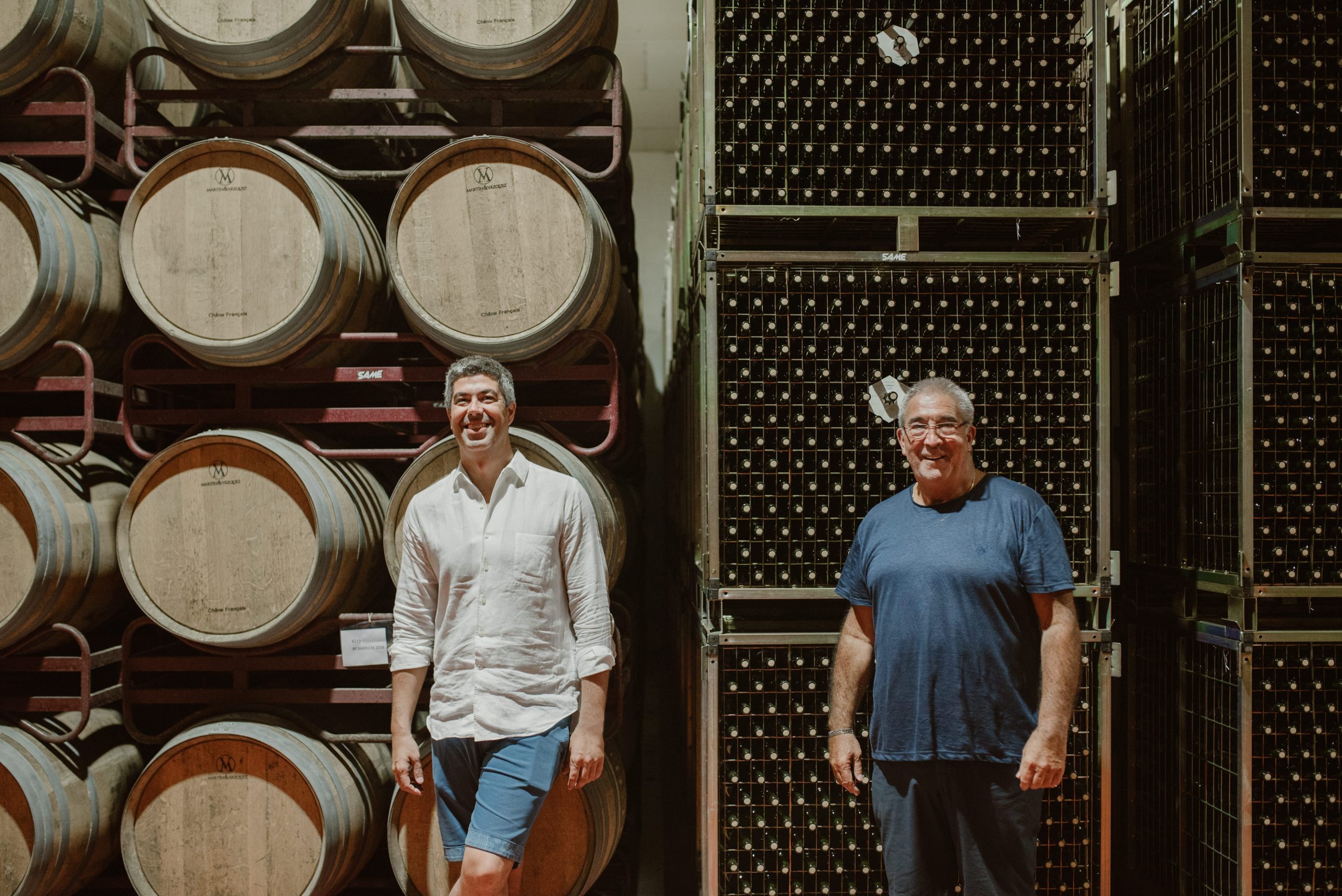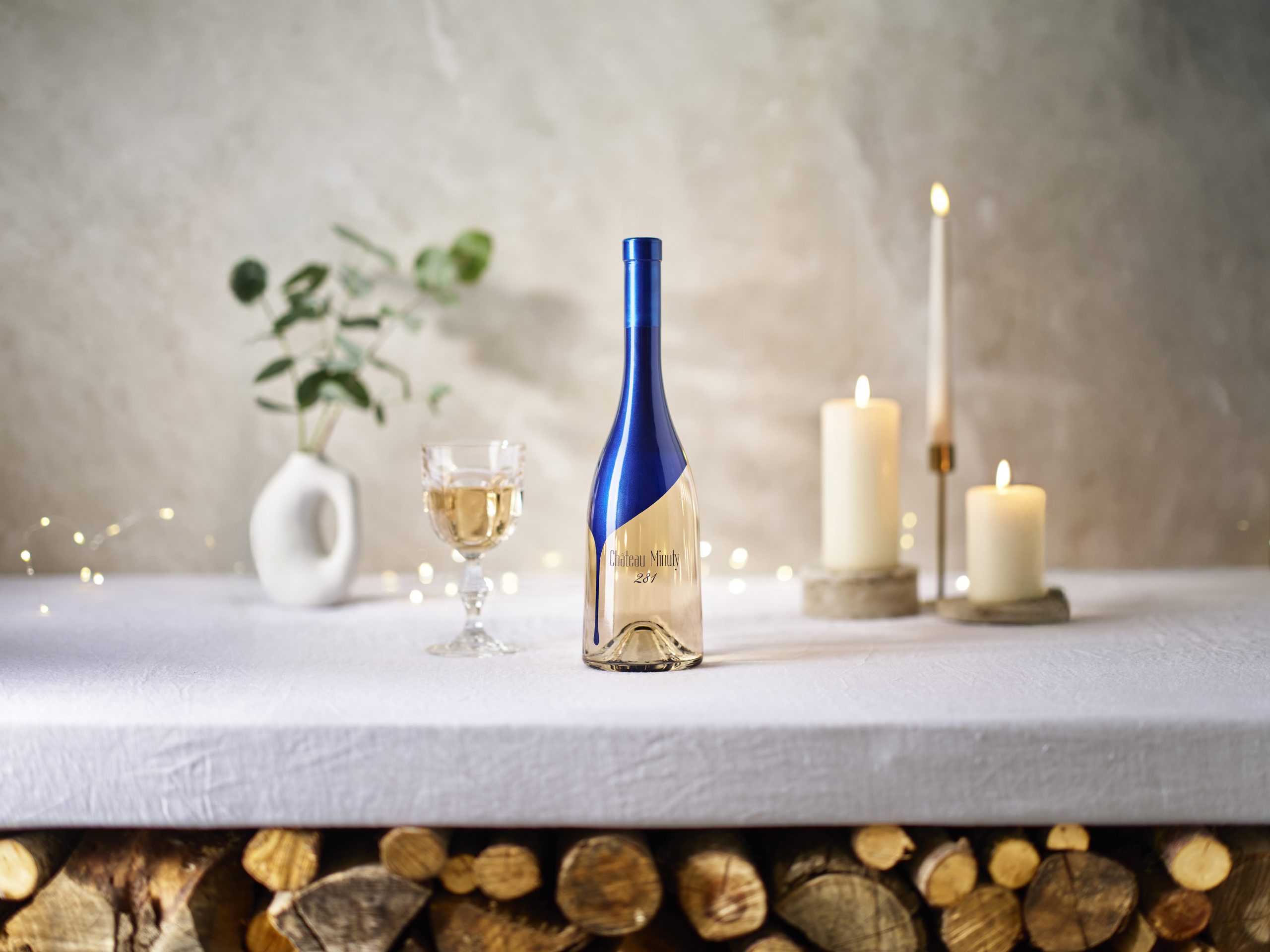Bordeaux 2021 by appellation: St Emilion
In an extremely uneven and heterogeneous vintage like 2021, St Emilion was always going to be complex. It is. That is partly because of the sheer size, diversity and, indeed, qualitative range of its terroirs. But it is no less importantly because those terroirs were exposed to, and suffered, the compound climatic challenges of the vintage differently.

It is very difficult then when it comes to generalisations – certainly generalisations with any validity.
Indeed, if anything it’s even more complex than I have implied. For if there is a truism in 2021 it is surely the following: it was not so much certain terroirs and certain terroir-types that suffered more relative to others but certain plots and certain parcels. In order to understand the vintage – its successes and its failures – one needs to do so at the micro-level.
That is true I think of all the leading appellations; but it is even more too of St Emilion.
But what is nonetheless interesting, given this, is that my overall picture of the appellation is a broadly positive one – more positive than one might imagine. Time and again my expectations were exceeded. There are, I think, two rather different reasons for this, perhaps three.
The first is that although we are right in a way to think of this as an incredibly difficult vintage for Merlot, right-bank Merlot typically fared a lot better than its left-bank counterpart. As already noted in my review of the wines of Pomerol in 2021, with vigilance in the vineyard and/or on good and above all well-aerated plots, it was perfectly possibly to make exceptional monocépage Merlot wines. There is, in short, no simple or clear correlation – neither in Pomerol nor in St Emilion – between the proportion of Cabernet in the final blend and the quality of the resulting wine.
The second factor is very different – much more stylistic than it is climatic or meteorological. Like the appellation of Margaux on the left-bank, St Emilion was the most influenced on the right by Parker and the style of wine-making with which he came to be associated (rightly or wrongly – a story perhaps for another day).
It is perhaps not then surprising then that, like Margaux again, it has been most marked by the retreat from ‘peak Parker’. That is a trend now well-established if not as yet perhaps sufficiently well appreciated [see my equivalent article from last year ]. Crucially, though, it is both reinforced by the cool summer character of the vintage whilst also accentuating those characteristics of the vintage in the wine. St Emilion 2021 is a vintage in which the terroir is very much on display, even more so perhaps than in other appellations. I am very much a fan of that; but if one has a constant craving for big, bold and boisterous St Emilion that is toasty and oaky this is not necessarily going to be the vintage for you.
The third factor I have, in effect, already alluded to. St Emilion has changed; and we have yet to recalibrate our expectations of it in the light of that still ongoing transformation. These wines exceed our expectations – or tend to do so – as we still tend to underestimate them and the stylistic evolution that they have already undergone.
All of that said, when it comes to individual wines, there are few great surprises in the vintage, though many highlights. But what does strike me is that there are little pockets of excellence – little hot spots and clusters, if you like, of greatness that rise above the norm. Let me signal perhaps four.
The first, as ever, is along the border with Pomerol, where we find Cheval Blanc and Figeac in all their cool vintage Cabernet glory. Both are exceptional in the context of this and any vintage. They stand alongside a transcendent Ausone as the appellation’s wines of the vintage.
The second, too, will come as no great surprise to St Emilion aficionados. It is the part of the limestone plateau and côtes that starts at Beau-Séjour Bécot and continues past Bélair-Monange, Canon, Berliquet and Beauséjour Duffau-Lagarrosse before descending to Calicem, Le Dôme and Angélus. The style of each wine is very different (even those, like Canon and Berliquet, made essentially by the same team) but each reflects fabulously its distinct terroir and the limestone within it.
Partner Content
My third hot spot is a little less well-known. It is on almost the highest part of the appellation, again on the limestone plateau and côtes, this time around Saint-Christophe-des-Bardes. Here we find, for me, some of the rising (or newly resurgent) stars of the appellation – David Suire’s Laroque, Peter Sisseck’s Rocheyron, Axelle and Pierre Courdurié’s Croix de Labrie as well as Benoit Trocard’s Clos Dubreuil.
And, finally, I would signal the Côte de Pavie itself (and its continuation). This hot-spot, both figurative and – with its imposing southern exposure – literal, runs from Pavie to Larcis Ducasse and Bellefont-Belcier and a little further on to Tertre Roteboeuf (and even further perhaps, to Lassègue). Each was blessed by just a little more sun and it shows.
To stop the list here is perhaps to risk missing a few further stars of the vintage. Indeed, there’s another tiny cluster at Mondot – where we find the brilliant trio of Troplong Mondot, La Mondotte and L’If, each fabulous in the context of the vintage.
Finally, there are those just as worthy of attention that don’t fit easily into a cluster. La Gafferière has made a truly spectacular wine of very great elegance and eloquence. It is, alongside Beau-Séjour Bécot, for me, perhaps the most improved of the leading wines in recent vintages. Both shine brightly in 2021.
And I was also deeply impressed by the brilliant energy and biodynamic signature that I find in Fonplégade and Vignoble Jade’s Fleur de Lisse and l’Etampe. These last three are likely to represent fabulous value.
Highlights in 2021
Best of the appellation:
- Ausone (96-98+)
Truly great:
- Angélus (94-96+)
- Beau-Sejour Bécot (94-96)
- Beauséjour Duffau-Lagarrosse (93-95)
- Bélair-Monange (95-97)
- Canon (94-96)
- Canon La Gaffelière (93-95)
- Cheval Blanc (96-98)
- Croix de Labrie (95-97)
- Figeac (95-97)
- La Gaffelière (94-96+)
- L’If (95-97)
- Laroque (93-95)
- La Mondotte (94-96)
- Pavie (94-96+)
- Rocheyron (93-95)
- Tertre Roteboeuf (93-95)
- Troplong Mondot (95-97)
- Valandraud (94-96)
Value picks:
- Berliquet (92-94+)
- Clos de l’Oratoire (91-93)
- L’Etampe (91-93)
- Fleur de Lisse (91-93+)
- Fonplégade (92-94)
- Grand-Corbin Despagne (92-94)
- Lassègue (92-94)
- Le Prieuré (92-94)
For full tasting notes, see here.
See here for db’s en primeur vintage report, with appellation-by-appellation reviews on Margaux, St Julien, Pessac-Leognan & Graves rouge and blanc, St Estephe & Haut-Medoc, Pauillac, Pomerol, St Emilion and Sauternes.
Related news
Castel Group leadership coup escalates
For the twelfth day of Christmas...
Zuccardi Valle de Uco: textured, unique and revolutionary wines




